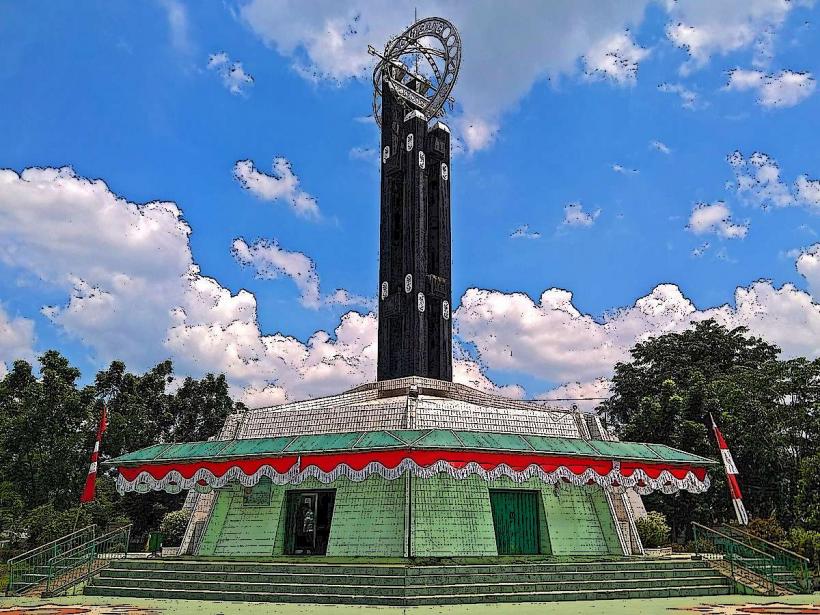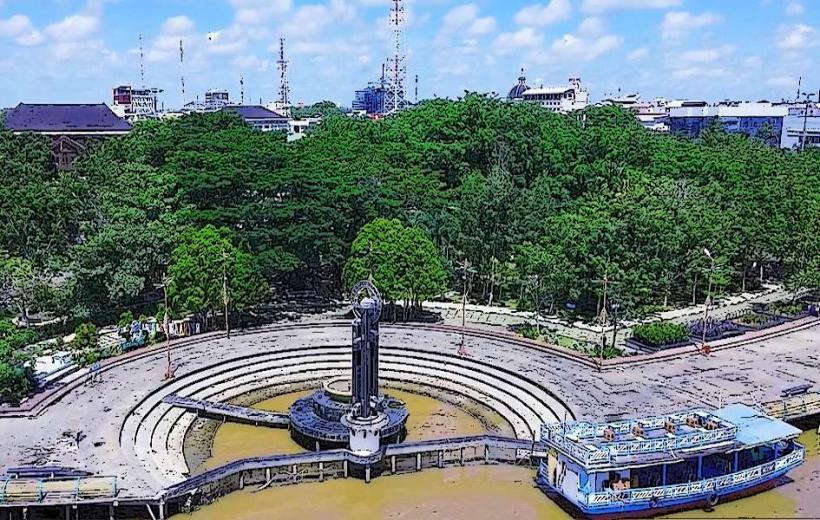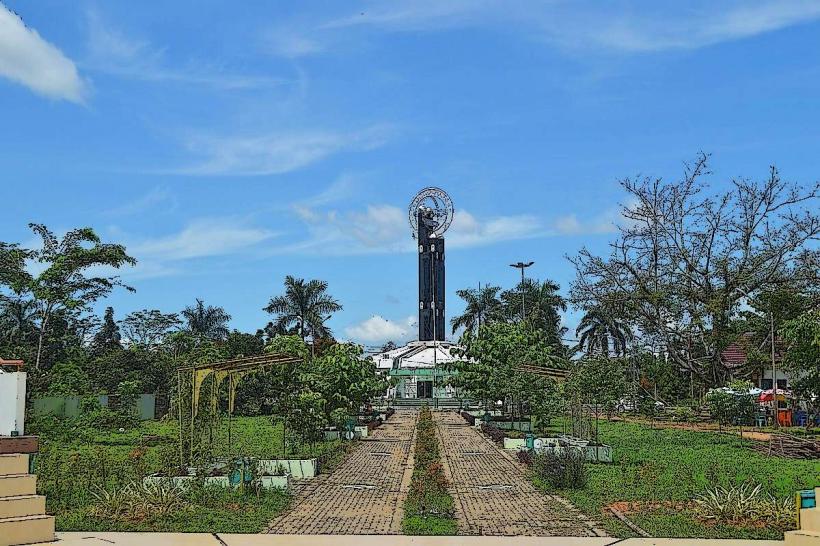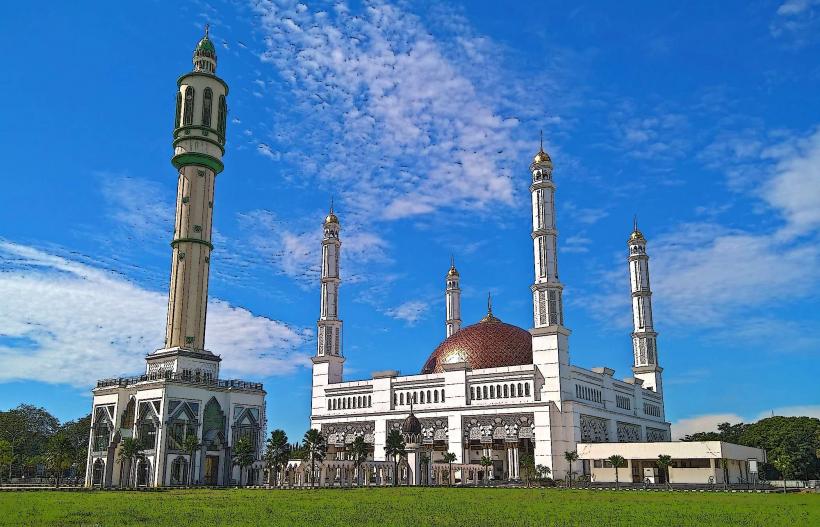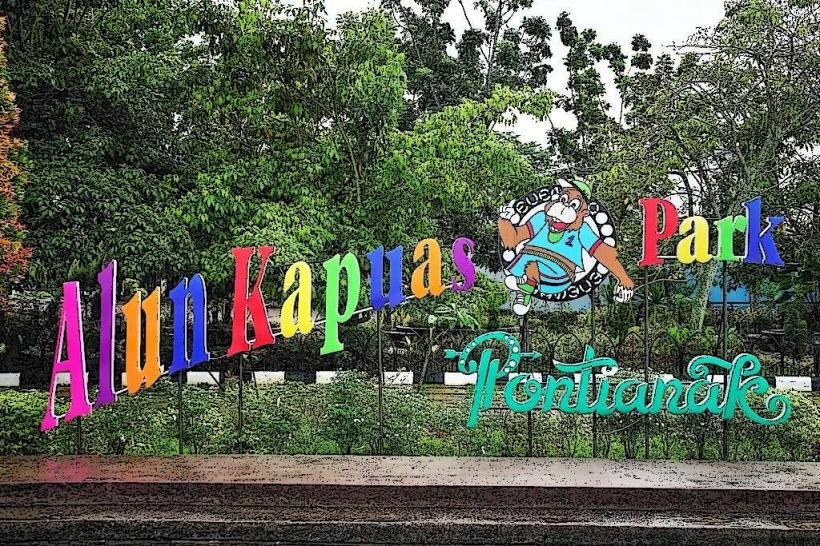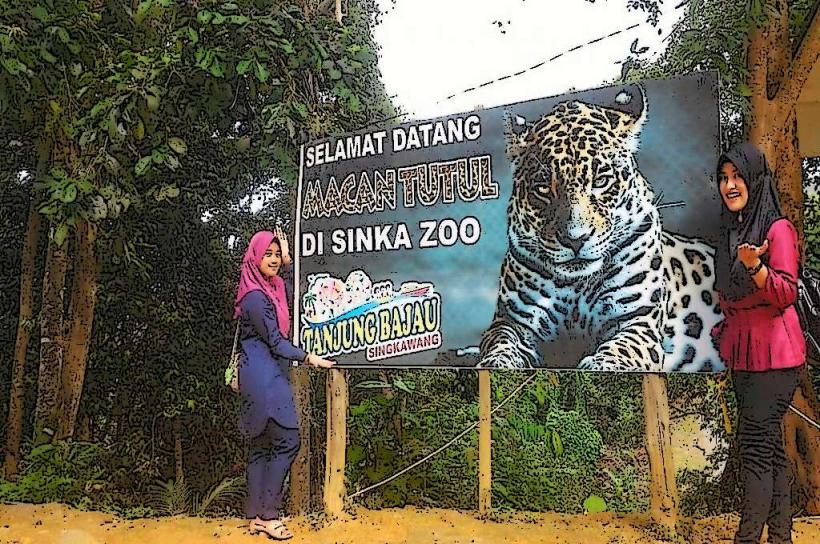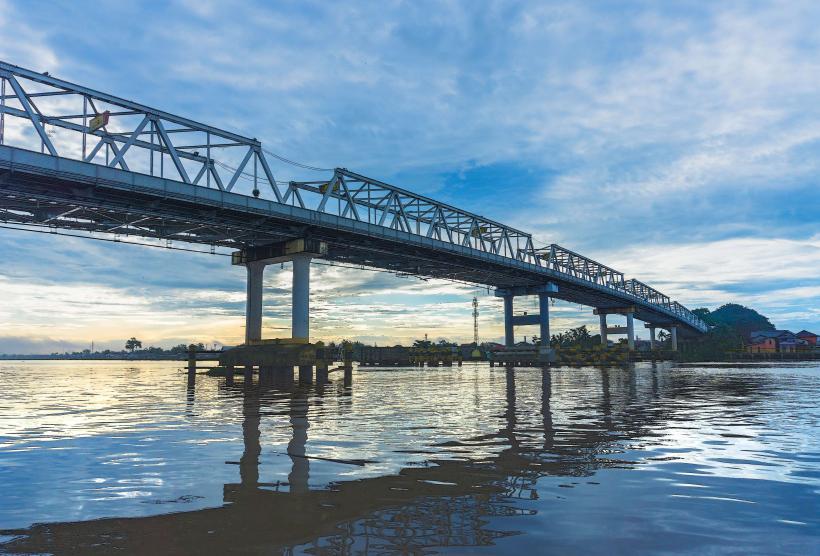Information
Landmark: Museum Negeri PontianakCity: Pontianak
Country: Indonesia
Continent: Asia
Museum Negeri Pontianak: The Cultural Heart of West Kalimantan
Museum Negeri Pontianak, also known as the Pontianak State Museum, is the primary museum in Pontianak, the capital of West Kalimantan province, Indonesia. The museum plays an essential role in preserving and showcasing the cultural heritage and history of the region, including its diverse ethnicities, traditions, and natural resources.
1. Overview
- Name: Museum Negeri Pontianak (Pontianak State Museum)
- Location: Pontianak, West Kalimantan, Indonesia
- Type: Cultural museum
- Established: The museum was established to preserve and promote the rich cultural heritage of West Kalimantan.
- Significance: The museum serves as an educational institution and a repository of the region’s historical artifacts, allowing visitors to learn about the ethnography, natural history, and artistic traditions of West Kalimantan.
2. Collections and Exhibits
Museum Negeri Pontianak houses an impressive range of exhibits, divided into several sections, each focused on a different aspect of the region’s heritage.
a. Ethnographic Collections
- The museum’s ethnographic collections provide an insight into the diverse cultures of the indigenous Dayak, Malay, and Chinese communities that live in West Kalimantan.
- Visitors can explore exhibits featuring traditional clothing, weapons, musical instruments, and tools used by the various ethnic groups in the region.
- The museum also showcases traditional crafts, such as weaving and wood carving, which are integral to the local culture.
b. Natural History and Biodiversity
- The museum has a collection of exhibits dedicated to the natural history and biodiversity of West Kalimantan. This section highlights the region’s rich flora and fauna, including the unique species found in the forests of Borneo.
- Visitors can learn about the region’s ecosystems, endangered species, and the importance of conservation efforts in preserving these natural resources.
- The museum also features models and taxidermy specimens of various animals native to the region, such as orangutans, proboscis monkeys, and hornbills.
c. Historical Artifacts
- Museum Negeri Pontianak also houses historical artifacts from the colonial era, which provide a glimpse into the history of Pontianak and West Kalimantan.
- Exhibits focus on the Sultanate of Pontianak, which played a central role in the region's history. Items such as royal regalia, weapons, coins, and documents related to the sultanate can be found in this section.
- There are also exhibits about trade and exploration, showcasing the historical interaction between Pontianak and European traders and explorers.
d. Traditional Arts and Crafts
- This section of the museum features examples of traditional arts, including batik and traditional paintings from the region. These artworks reflect the cultural diversity of the area and the artistic skills passed down through generations.
- Musical instruments, ceramics, and textiles are displayed, offering a glimpse into the aesthetic traditions of West Kalimantan.
e. Thematic Exhibitions
- The museum hosts temporary exhibitions throughout the year, focusing on various themes such as modern art, archaeological findings, and cultural festivals. These thematic exhibitions offer fresh perspectives on the region’s culture and history, often featuring local artists and historians.
3. Architecture and Design
Museum Negeri Pontianak is housed in a distinctive building that reflects both modern and traditional architectural elements. The building design incorporates Malay architectural features, with a traditional roof and intricate carvings that add a local flavor to its overall appearance.
The museum’s layout is designed to provide an engaging and educational experience for visitors, with clearly marked sections and interactive displays that guide guests through the history and culture of the region.
4. Educational and Cultural Importance
a. Promoting Cultural Awareness
- The museum is a key institution in promoting cultural awareness and understanding of the diverse communities that live in West Kalimantan. It provides visitors with the opportunity to learn about the traditions, practices, and customs of the region’s indigenous peoples.
b. Preserving History
- As a museum of regional history, Museum Negeri Pontianak plays a vital role in preserving the region’s cultural and historical legacy, ensuring that future generations can learn about the Sultanate of Pontianak, the Dayak people, and the Malay community’s contributions to the development of the region.
c. Educational Programs
- The museum offers educational programs for school groups, university students, and the general public, helping them to better understand the region’s history and the importance of preservation. Workshops, lectures, and cultural performances are sometimes organized to enrich the educational experience.
5. Accessibility and Visitor Information
Museum Negeri Pontianak is located centrally within the city, making it easy to access by public transport or private vehicles. It is situated near other prominent landmarks in Pontianak, such as Taman Alun Kapuas and Masjid Raya Pontianak, allowing visitors to explore the surrounding area after visiting the museum.
- Opening Hours: The museum is generally open to visitors throughout the week, with special hours during public holidays or events.
- Entry Fees: There is usually an entry fee, with discounts or free entry for students, children, and certain groups.
6. Best Time to Visit
The best time to visit Museum Negeri Pontianak is during the daylight hours, when the museum is fully operational, and visitors can enjoy the exhibits at their own pace. It is especially ideal to visit during the weekdays to avoid the crowds, as weekends can sometimes be busier due to local tourists and school groups.
7. Conclusion
Museum Negeri Pontianak is an essential cultural and historical institution in Pontianak and West Kalimantan, offering visitors a unique opportunity to explore the region’s ethnic diversity, natural beauty, and rich history. Whether you’re interested in traditional crafts, local biodiversity, or historical artifacts, the museum provides a comprehensive and engaging experience for anyone looking to understand the heart of West Kalimantan.

